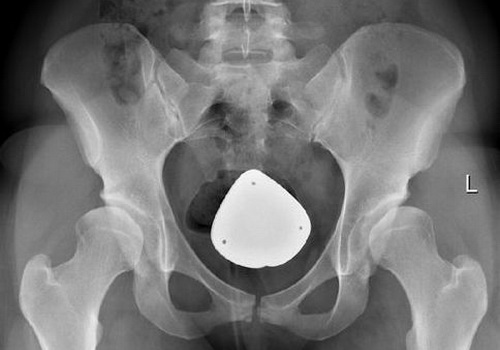
What Is Developmental Dysplasia Of The Hip (DDH)?
Hip dysplasia involves an atypical formation of the hip joint that negatively impacts its functioning. The condition can be congenital (present at birth) or acquired. It can affect one of both hips and can be mild or severe. The condition was previously known as congenital dislocation of the hip (CDH), but was renamed to developmental dysplasia of the hip, or DDH for short, to show that hip dysplasia comes in many different degrees and is not limited to dislocation of the hip. Hip dysplasia can be so mild that it is easily missed during a routine screening, or so severe that the femural head does not connect to the hip socket at all.
- Important notification about information and brand names used in this slideshow!
- Photo courtesy of OrthoPat by Wikimedia Commons : commons.wikimedia.org/wiki/File:Hip-dysplasia.jpg
- www.webmd.com/parenting/baby/tc/developmental-dysplasia-of-the-hip-topic-overview
- http://orthopedics.about.com/od/pediatrichipinjuries/a/dysplasia.htm
- http://www.patient.co.uk/health/developmental-dysplasia-of-the-hip-leaflet
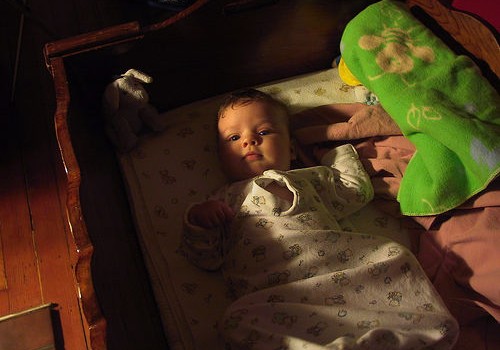
What Causes Hip Dysplasia?
The exact cause of hip dysplasia is not known. We do know that there is a genetic component to the condition, but that genetics do not explain everything. Hip dysplasia is around 30 times more likely to occur if there is a family history. Breech babies are more likely to have hip dysplasia, so fetal position clearly plays a role too. The same is true for infant positioning — cultures in which babies are positioned with their legs apart have a lower incidence of hip dysplasia than cultures in which babies are kept with their legs together and extended (on a cradleboard). This suggests that the condition is developmental, rather than just hereditary.
- Important notification about information and brand names used in this slideshow!
- Photo courtesy of tempophage by Flickr : www.flickr.com/photos/whonl/36126488/
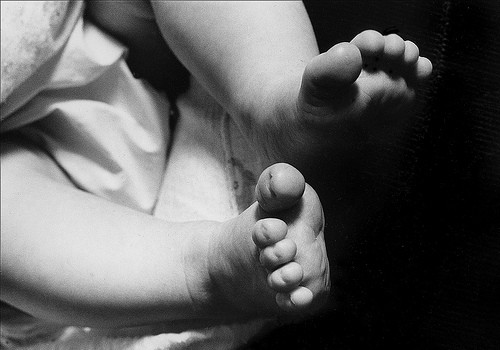
What Are The Symptoms?
In infants, routine screening may reveal a dubious "click" that indicates a possibility of hip dysplasia. A definite diagnosis is made with the help of X-rays. It is important to keep in mind that hip dysplasia does not necessarily lead to obvious symptoms that parents will detect in babies. Babies with hip dysplasia are highly unlikely to have pain because of their condition. This changes during the teenage years or during adulthood, when patients may develop pain and arthritis of the hip. The hips of people with hip dysplasia wear out much faster than they should. Early detection and treatment offer the best way to avoid this.
- Important notification about information and brand names used in this slideshow!
- Photo courtesy of David Dodge by Flickr : www.flickr.com/photos/dannysoar/8510993053/
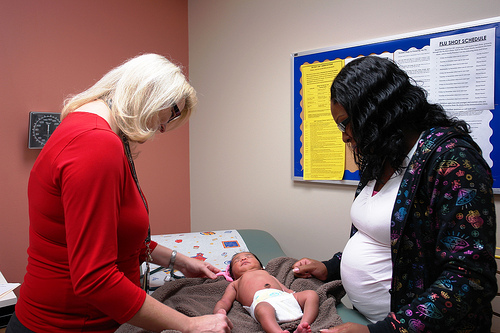
How Is Hip Dysplasia Diagnosed?
Doctors use a combination of physical examinations that involve moving the legs around, and imaging like X-rays and ultrasound scans to diagnose hip dysplasia in infants. In some countries, screening infants for hip dysplasia is a matter of routine. In others, only babies with identifiable risk factors (family history, breech baby, or a twin) are screened. Babies who are already walking may display a limp, which can also lead to a screening appointment. In adults, the diagnosis of hip dysplasia takes place through X-rays, usually after the patient complains about hip pain, clicking or popping noises, or limping.
- Important notification about information and brand names used in this slideshow!
- Photo courtesy of Army Medicine by Flickr : www.flickr.com/photos/armymedicine/6034971557/
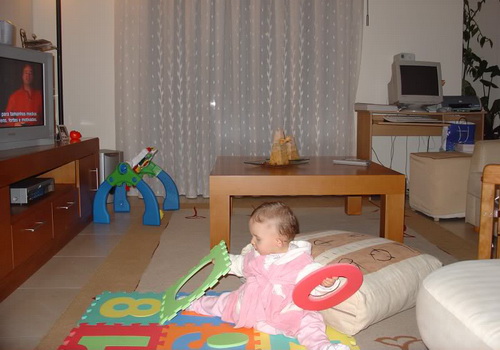
Hip Displasia In Children
Hip dysplasia is least likely to cause problems during the very period in which it is most treatable: during early childhood. Since early detection can lead to early treatment, and early treatment can in turn prevent complications later in life, it is important for parents to take an interest in hip dysplasia. What can you do? If you don't live in a country where screening for hip dysplasia is routine for all infants, you can still ask your pediatrician to take a good look at your baby's hips. You, yourself, can look out for asymmetrical creases on your baby's buttocks, a "clicking" sound when you move your baby's legs about, or a limp if your child can already walk. If one leg appears to be longer than the other, or the legs cannot spread very widely apart, those can also be signs of hip dysplasia.
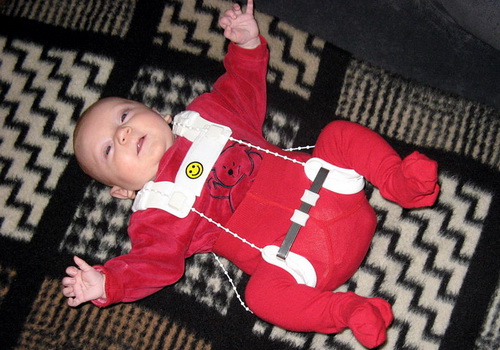
How Is Hip Dysplasia Treated?
In young children, non-surgical treatments of hip dysplasia are preferred. A Pavlik harness or a Frejka pillow can keep a baby's legs spread apart for extended periods of time, something that can often correct the problem. Various surgical procedures can also be used to correct hip dysplasia. The femural head may be pushed into its normal position and then kept in place with the help of a cast, tissues that prevent the femural head from fitting into the hip socket may be removed, and the hip socket is reshaped in some cases. In adults with extensive damage, a hip replacement is the treatment of choice.
- Important notification about information and brand names used in this slideshow!
- Photo courtesy of Thiemo Schuff by Wikimedia Commons : commons.wikimedia.org/wiki/File:Saeugling_mit_angelegter_spreizhose.jpg
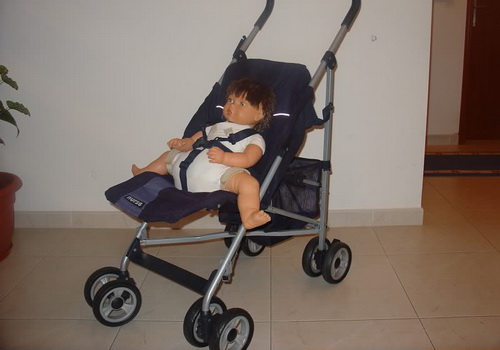
Non-Surgical Treatments
Non-surgical hip dysplasia treatments for infants and young children focus on forcing the hips into a more correct position, which in turn helps prevent problems later in life. The Frejka pillow forces the leg's apart, while the Pavlik harness is shaped a little like dungarees and align the hips in a particular way. Non-surgical treatments for adults focus on preserving the hip as long as possible, and managing pain. Maintaining a healthy weight ensures there is not too much pressure on the hip, and gentle sports such as swimming and cycling are also recommended. High-impact sports that may damage the hip joint further should be avoided. Joint injections can help combat the symptoms of arthritis of the hip, the most common complication of hip dysplasia in adults.
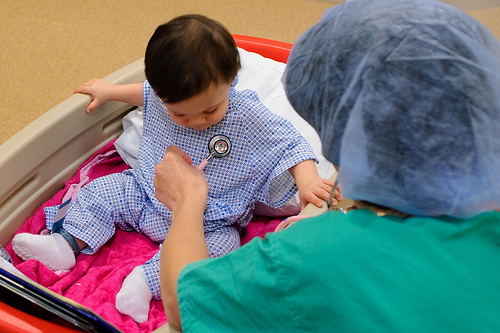
Surgical Treatments
There are various surgical treatment options for hip dysplasia in infants and young children. A closed reduction involves cutting the abductor tendon, and then pushing the femural head into a normal position. A spica cast helps the hip stay in proper alignment following the procedure. In an open reduction, the tissues that prevent the femur from fitting into the hip socket are removed, and the bone is reshaped in some cases. Reshaping a bone is called osteotomy. In adults, periacetabular osteotomy can be performed. This reorients the hip socket, after which screws are placed to hold the femur in place. This procedure is best suited for adolescents, but can also be an option for hip dysplastic adults who do not have extensive damage from arthritis. In more serious cases, joint replacement surgery is the procedure of choice.
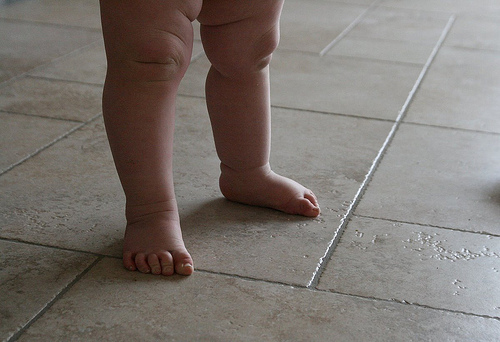
Prognosis
Hip dysplasia treatment during infancy and childhood is often very successful, to the point that the patient is declared "cured". In other words, no sign of a dysplastic hip remains. A Swiss study found that 97.5% of hip dysplastic babies who had normal hip development following non-surgical treatment had no further problems. The remaining 2.5 percent had a relapse and developed hip dysplasia again by the time they reached adolescence. This should encourage parents of children who were diagnosed with hip dysplasia to warn the children, and encourage them to follow up with an orthopedic specialist later in life. Surgical and non-surgical methods are available to preserve the hip and make the patient more comfortable if a relapse does occur, but those who don't seek timely treatment are more likely to suffer complications such as arthritis of the hip.
- Important notification about information and brand names used in this slideshow!
- Photo courtesy of Dermot O'Halloran by Flickr : www.flickr.com/photos/dermotohalloran/5503138833/

Possible Complications Of Hip Dysplasia (Especially If Not Treated)
Most children who have untreated hip dysplasia will be able to walk seemingly normally, and will not suffer from pain. A lack of screening for hip dysplasia won't generally result in immediate complications, then — that happens later on in life. By the time a person with untreated hip dysplasia reaches adolescence, he or she is likely to suffer from hip pain and osteoarthritis. If the cause is unknown, the patient may not even seek treatment. The incorrect hip alignment causes the dysplastic hip to wear out at a much faster rate, something that will lead to great discomfort and eventually cause the need for a hip replacement.
- Important notification about information and brand names used in this slideshow!
- Photo courtesy of Tammra McCauley by Flickr : www.flickr.com/photos/tammra/3570073466/




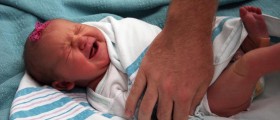
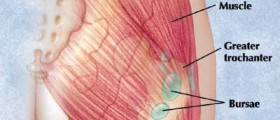




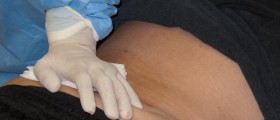


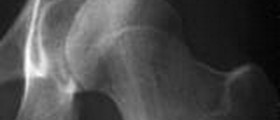
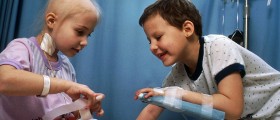


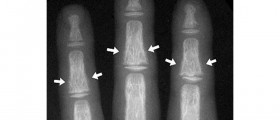
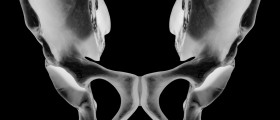






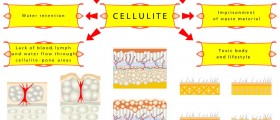
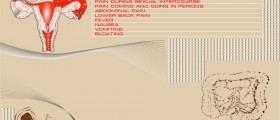
Your thoughts on this
Loading...